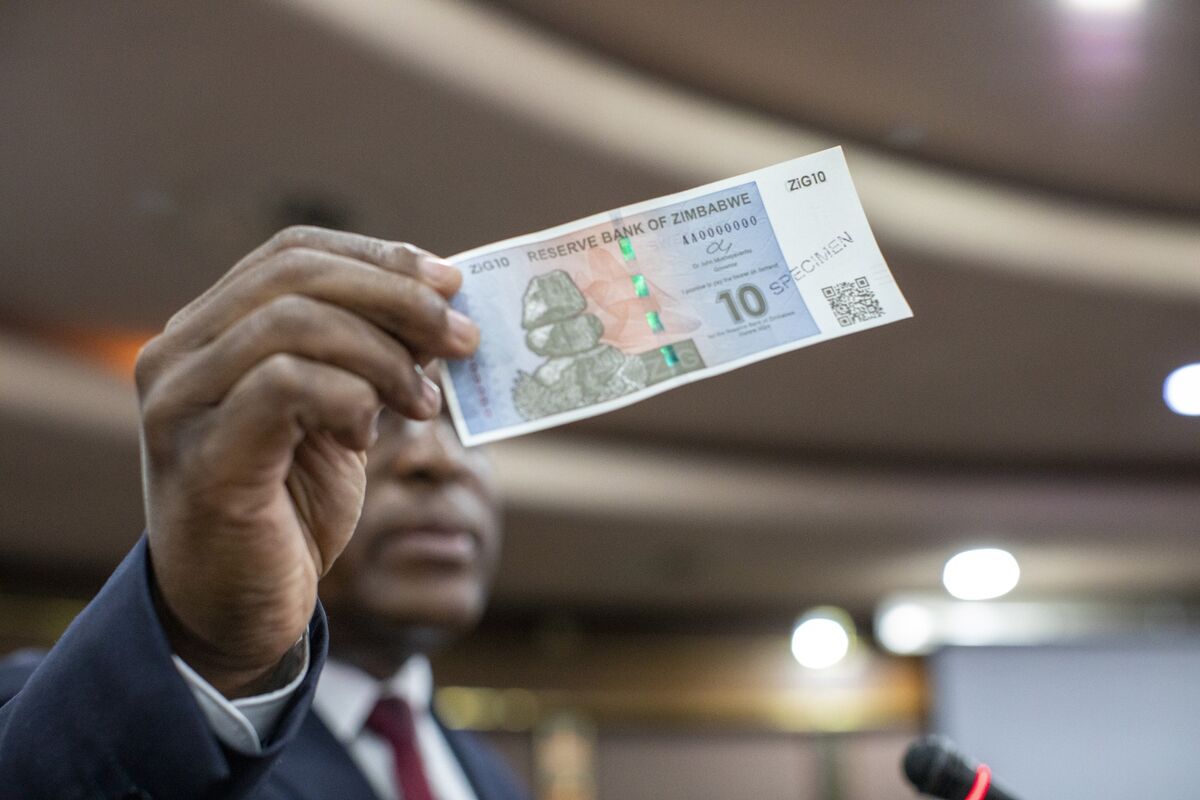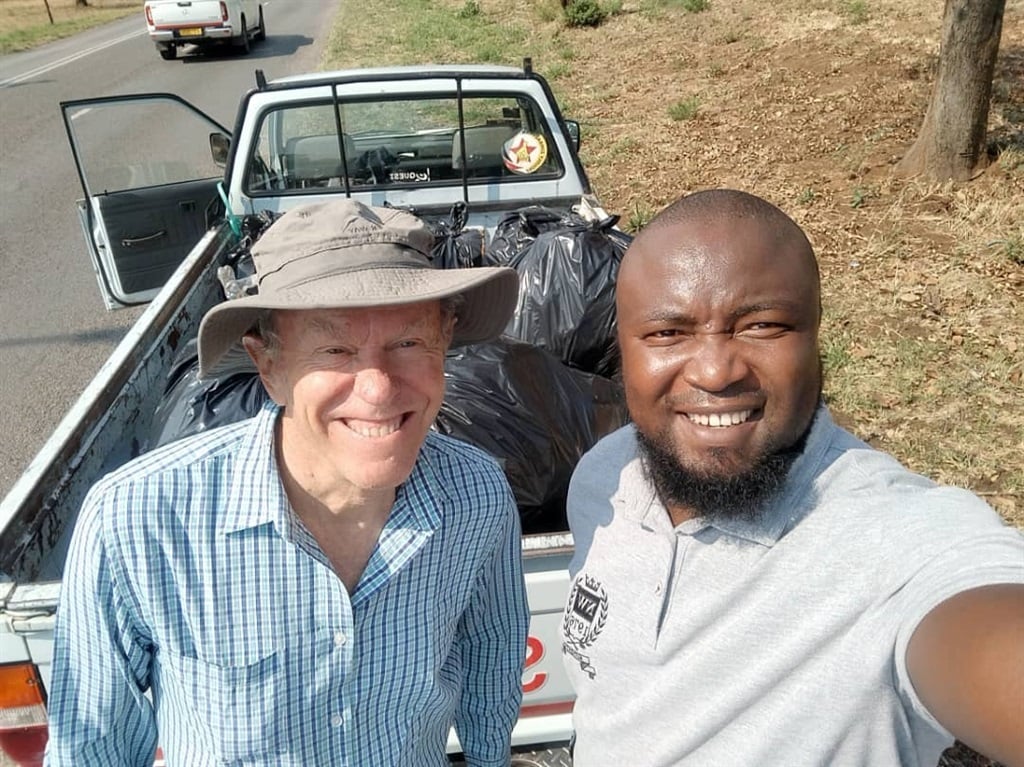Zimbabwe’s 92-year-old leader Robert Mugabe, who destroyed much of the country’s agricultural capacity with a “land reform” program that split up the farms and handed them to his cronies, is now launching a “command agriculture” program similar to the agricultural collectivization programs that failed so disastrously in Josef Stalin’s Soviet Union and Mao Zedong’s China, causing tens of millions of deaths.
The new “command agriculture” program will cost $500 million to start, to purchase seeds, fertilizer, tractors and irrigation systems. Each participating farmer will be given the seeds, fertilizer and equipment for free. The farmers will work under strict supervision of the government. Each farm will be required to produce five tonnes (metric tons) of maize for each hectare of farmland.
The farmer will be permitted to keep for himself all the maize he produces that exceeds five tonnes (metric tons) per hectare. There has been no announcement of what happens to the farmer if his yield is less than five tonnes per hectare, though we know that in the case of the Soviet and Chinese command agriculture programs, farmers who didn’t produce were starved to death or were executed.
Zimbabwe’s spring planting season begins in November (in the southern hemisphere), and so this program is supposed to begin at that time. At five tonnes per hectare, the government expects to produce two million tonnes of maize on 400,000 hectares of land, which would exceed the annual demand of 1.5 million tonnes.
According to Ryan Truscott, the Zimbabwe correspondent speaking on Radio France Internationale (my transcription):
Farming union officials say that that figure of five tonnes per hectare is far too ambitious. In a very few cases you can get five tonnes, or even as much as ten tonnes per hectare, but the average is just over half a tonne per hectare.
So there’s a very real possibility that the farmers won’t reach the five tonne targets, and won’t be left with anything for themselves. What happens in that scenario, for now we don’t know.
Another issue is the question of where the $500 million is coming from to fund this program. As we wrote in July, Zimbabwe currently owes $10 billion to the IMF, World Bank and the African Development Bank, with $1.86 billion in debt repayments in arrears, and is begging for more investment money.
The government says that’s all under control. Since the public banks are no longer available for borrowing more money, Zimbabwe will borrow from private banks, according to Zimbabwe’s vice president Emmerson Mnangagwa, who says that the money will be used to import farming equipment from Brazil, Belarus, Russia and India.
The private banks have not been named, but according to Mnangagwa:
The program is not being run on the budget (so) we are raising funds from the private sector and we are quite advanced at securing these funds. This is a cost recovery program, nothing is going to be given for free.
We cannot put a figure now. We are well advanced in negotiating such facilities and many private companies are coming forward to make offers because it is guaranteed that they will have a return from the loans that they may advance.
If, in fact, Zimbabwe is unable to borrow the money from private banks, then they may attempt to pay for the program with their new “bond notes,” and that will cause real problems.






